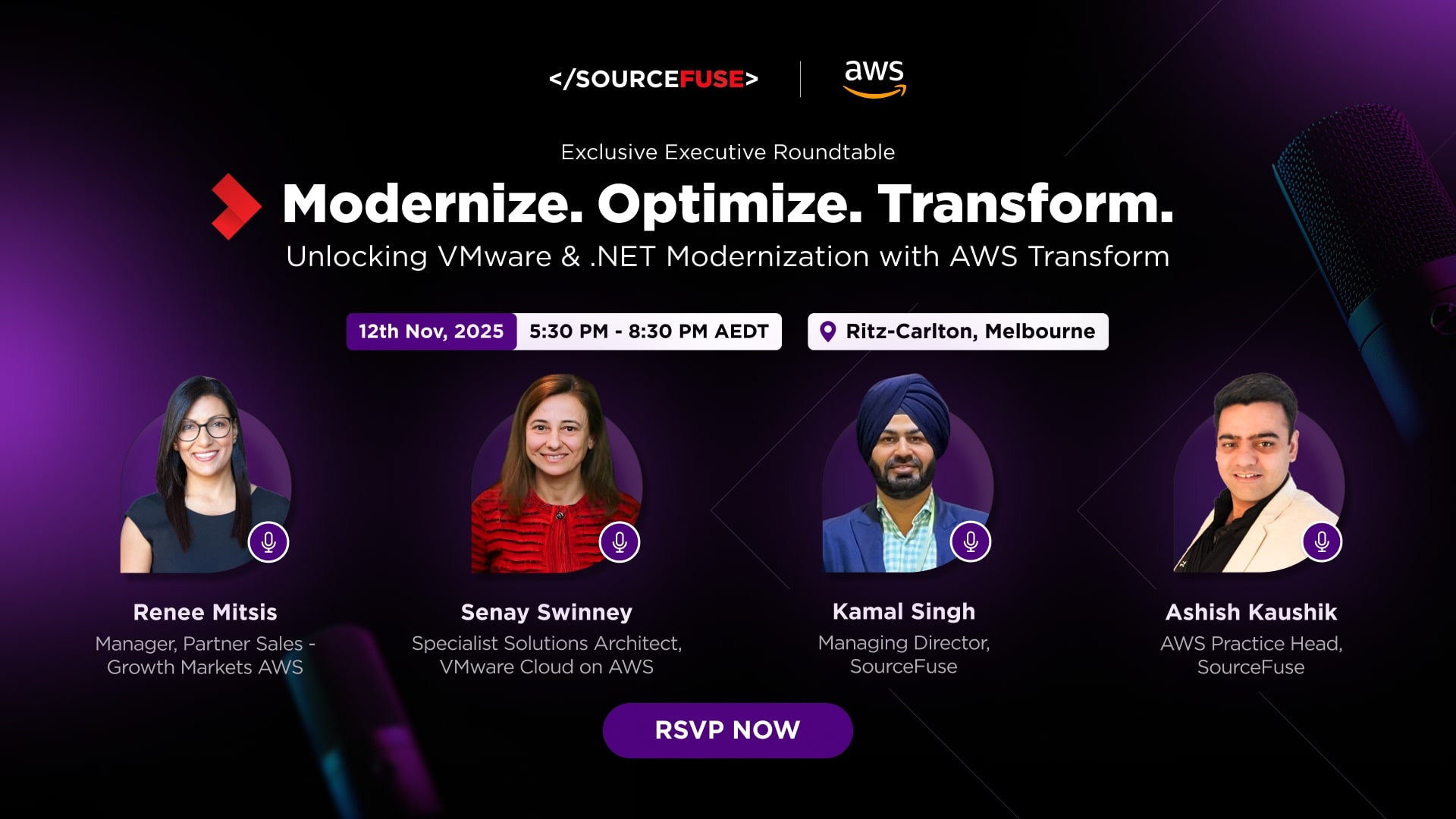According to a report published in Gartner, the global cloud computing market will surpass $1 trillion by 2028. With the majority of organizations opting to migrate to cloud, it’s important to be aware of the long-term organizational goals, especially when it comes to cloud cost optimization. While priorities might include promoting customer growth, in particular for startups, the ultimate end goal tends to be about increasing profit margins and cost savings on the cloud.
In this article, we will explore the proven strategies that should be taken into consideration for cloud cost optimization along with the imperative things to know before moving to the cloud.
5 Things to Know Before Moving to the Cloud
Switching to cloud and utilizing cloud technology, tools, and services could be a transformative step for any organization. Cloud resources offer numerous benefits that can significantly improve your business operations, and here we home in on the top five areas of focus to consider before moving to the cloud.
1. Cloud Migration Goals:
Clearly outline the reasons for moving to the cloud, such as cost reduction, scalability, flexibility, or improved disaster recovery. Ensure that your cloud migration aligns with your overall business goals and objectives.
2. Cloud Service Models:
Familiarize yourself with the different cloud service models (IaaS, PaaS, SaaS) and their implications for your business. It’s essential to select the model that best meets your specific needs and budget.
3. Cloud Provider Selection:
Research and compare different cloud providers based on factors like reliability, security, pricing, features, and customer support. Based on that you can confidently choose a provider that accommodates both your current and future requirements, including scalability, compliance, and data sovereignty.
4. Cost Assessment:
Analyze the potential costs and savings associated with cloud migration, including infrastructure, software, personnel, and operational expenses. Get familiar with the different cloud management suite pricing models offered by cloud providers (for example, pay-as-you-go, use of reserved instances, etc.) and their implications for your budget.
5. Security and Compliance:
Identify potential security risks and develop a comprehensive security plan to protect your data and applications. Be cognizant of the associated industry regulations, such as HIPAA, GDPR, etc., and ensure your cloud environment will meet compliance requirements.
8 Cloud Cost Optimization Strategies
Optimizing your cloud infrastructure is crucial in order to maximize performance, reduce costs, and ensure efficient resource utilization. However, there are different strategic options to choose from which can help you achieve your cloud optimization goals. Depending on your business needs, each of the following top 8 strategies will unlock different capabilities to optimize cloud costs.
1. Rightsizing Instances. This will enable you to:
- Analyze usage: regularly monitor instance usage and adjust their sizes to match actual workloads.
- Avoid overprovisioning: ensure instances are not oversized, leading to unnecessary costs.
2. Reserved Instances. This will enable you to:
- Commit to usage: consider purchasing reserved instances for predictable workloads to enjoy significant discounts.
- Evaluate long-term needs: assess if your workloads are suitable for reserved instances based on their duration and frequency.
3. Spot Instances. This will enable you to:
- Leverage price flexibility: utilize spot instances for non-critical workloads to take advantage of discounted pricing.
- Implement termination protection: set up termination protection to avoid unexpected instance terminations.
4. Storage Optimization. This will enable you to:
- Choose appropriate storage types: select storage types (e.g., EBS, S3) that best suit your data access patterns and performance requirements.
- Utilize lifecycle management: implement lifecycle management policies to automatically move data to less expensive storage tiers.
5. Networking Optimization. This will enable you to:
- Minimize data transfer: optimize network traffic by using content delivery networks (CDN) and reducing data transfers between regions.
- Choose appropriate network types: select network types (e.g., VPC, Transit Gateway) that align with your connectivity needs.
6. Serverless Computing. This will enable you to:
- Leverage event-driven functions: consider using serverless functions (a part of cloud computing management services) for event-driven workloads to reduce operational overhead and costs.
- Optimize resource allocation: ensure serverless functions are configured to scale automatically based on demand.
7. Containerization. This will enable you to:
- Package applications: package applications into containers to improve portability, scalability, and efficiency.
- Utilize container orchestration: use container orchestration tools (e.g., Kubernetes) to manage and scale containers effectively.
8. Automation. This will enable you to:
- Automate provisioning and management: automate the provisioning, configuration, and management of cloud resources to reduce errors and improve efficiency.
- Use infrastructure as code (IaC): define and manage infrastructure using code, enabling version control and repeatable deployments.
Along with the above mentioned strategies, it is imperative to monitor and optimize the resource usage (CPU, memory, storage) as an ongoing process to continuously identify optimization opportunities. This can be done by performance optimization tools and best practices to improve application and infrastructure performance.
Conclusion
Optimizing cloud costs is a continuous journey, not a destination, and is a critical aspect of managing your cloud infrastructure effectively. For example, regular reviews and adjustments will also play a vital role in order to make any necessary adjustments, ensuring optimal performance and cost-effectiveness.
With the implementation of an appropriate strategy outlined above, and with the right cloud computing management software, you have the potential to significantly reduce your cloud expenses without compromising on performance or reliability.
